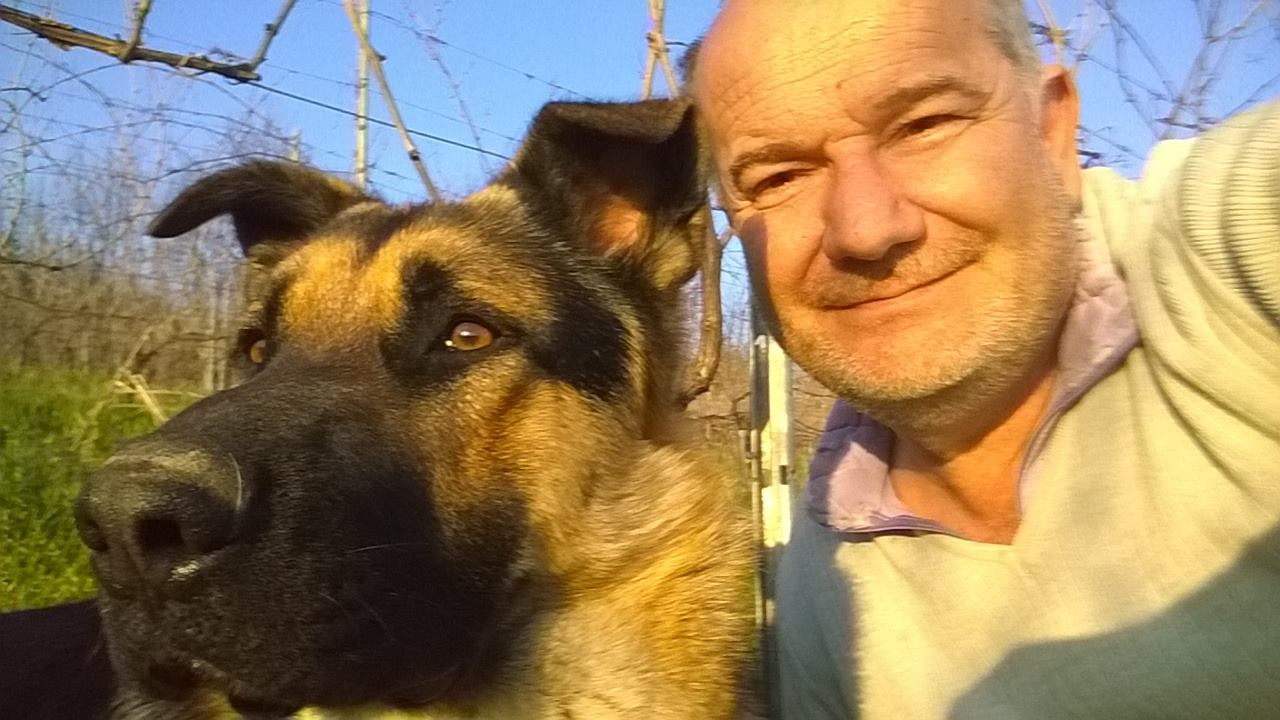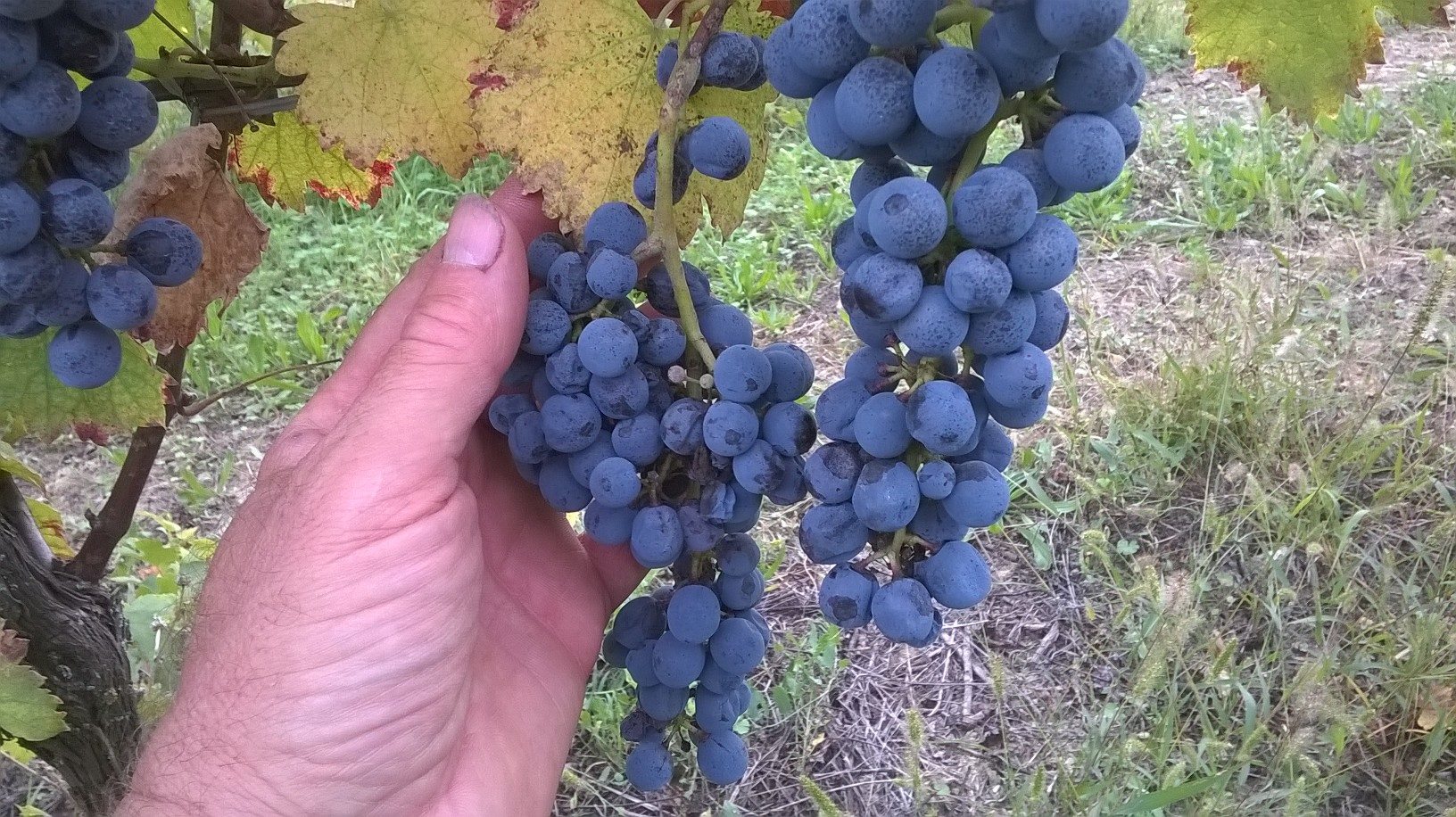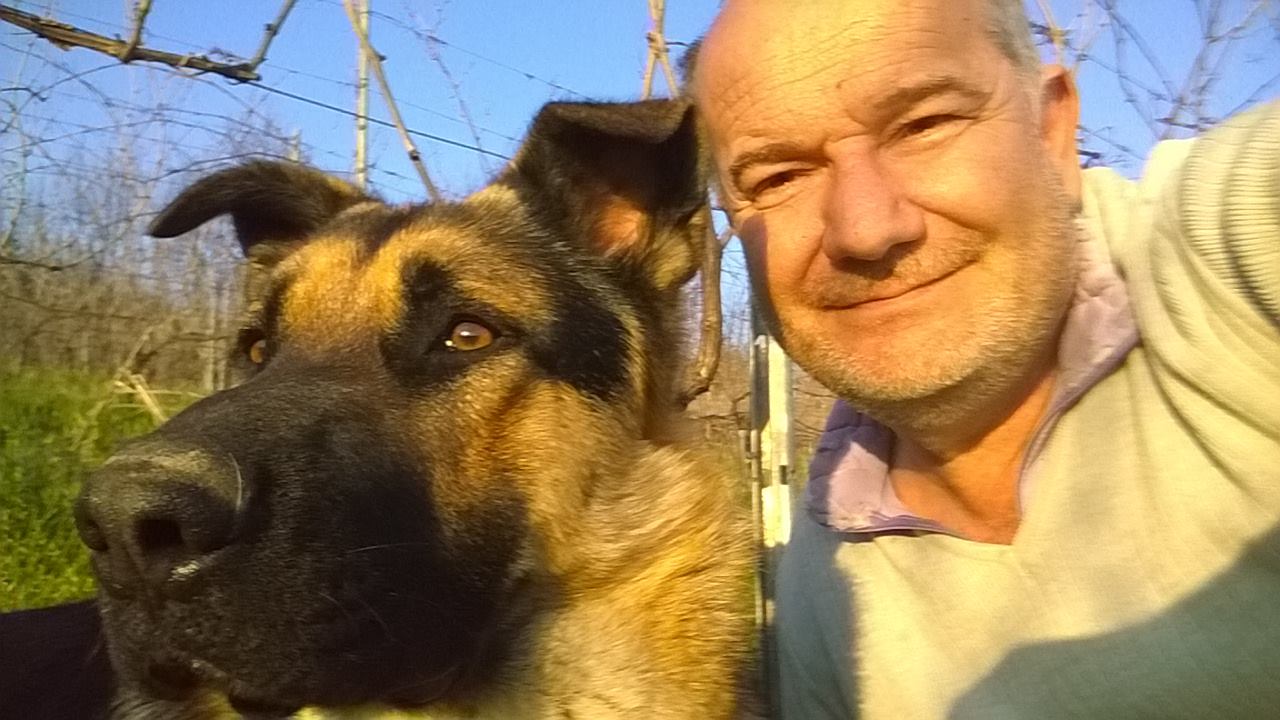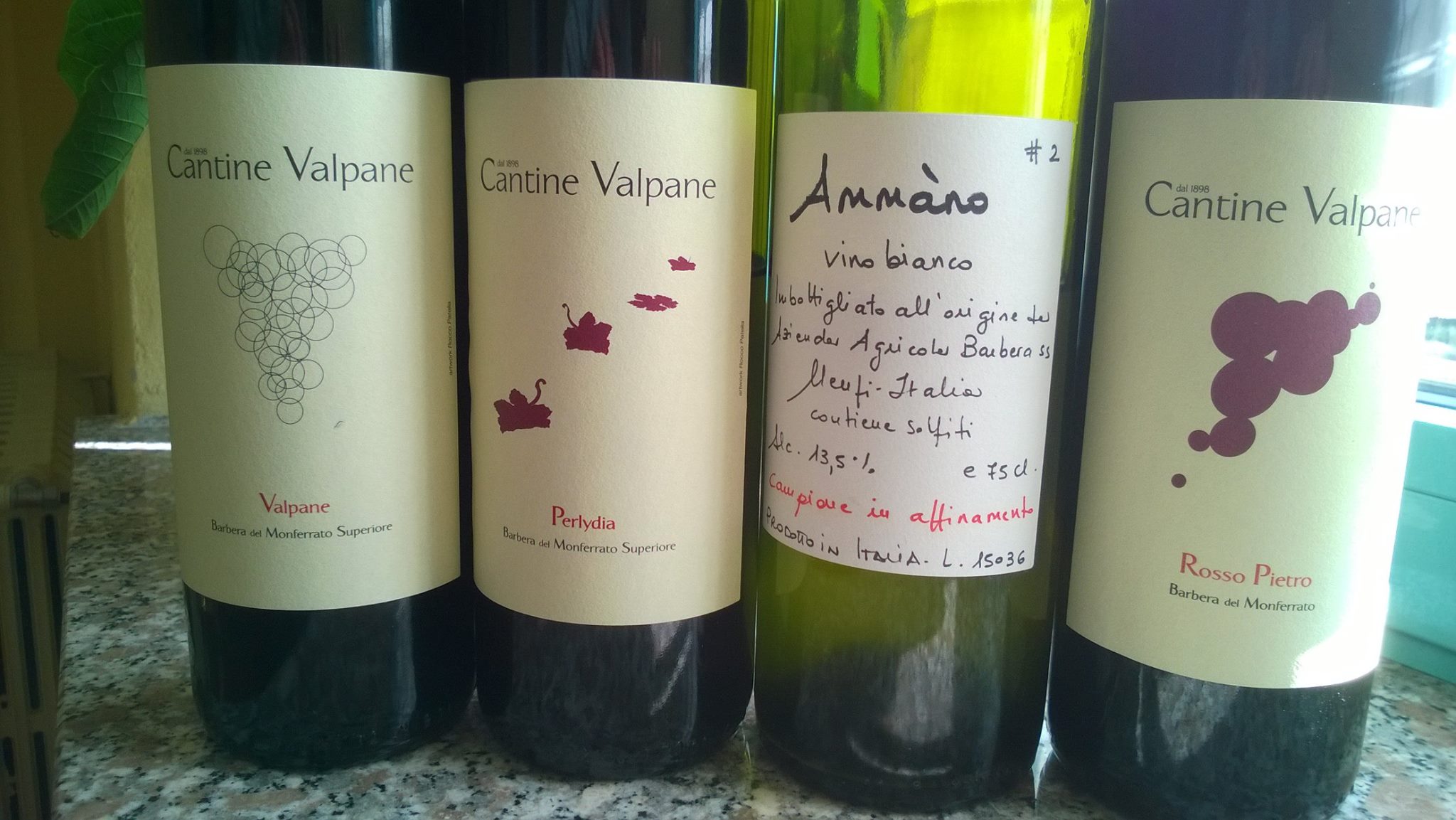
Piedmont, or Piemonte in Italian, is a northwestern Italian region that offers a myriad of wine possibilities. It is often associated with Nebbiolo in Barbaresco and Barolo, however, this only amounts to three percent of the region’s wine production. And while Nebbiolo deservingly rules this wine kingdom, there is more than meets the eyes when you consider Piemonte in the context of wine. Let’s take a closer look at one of the region’s storied wine districts: Monferrato.
Monferrato lays over the provinces of Asti and Alessandria and kisses the small wine districts of Roero and Langhe. The region is crossed by the Tanaro River, dividing it into the rolling hills and plains of the northern Basso Monferrato and the more mountainous southern Alto Monferrato. With its continental climate and free-draining tuffaceous soils, Monferrato is ideal for viticuluture. Monferrato offers a great variety of still and sparkling wines, which include fresh, tangy and high-acidity reds from Freisa and Grignolino, lovely Moscato d’Asti and other unique reds (Bracchetto and Dolcetto). It is also home to precious Barbera with DOC and DOCG status in Barbera del Monferrato and Barbera del Monferrato Superiore.

The Barbera grape is believed to have originated in Monferrato and its history dates back to the thirteenth century. Barbera is the third most planted grape in Italy and the most planted in Piedmont. It is an early-maturing but late ripening varietal, it is often ruby colored, possesses great acidity and lower levels of tannins than Nebbiolo. Barbera has always been perceived as inferior to Nebbiolo, unfairly dismissed as a variety to enjoy early and while adorned with plentiful attributes, lacks stamina to gracefully age along Nebbiolo. But Barbera can impress (and age) and when you have good Barbera, you know it!
One of our favorite producers of Barbera, Pietro Arditi of Valpane, believes this varietal really shines in the warmer climate of Monferrato where the grape achieves a higher level of ripeness than in the cooler districts of Asti and Alba. He visited us last fall and we got to taste a few of his delicious Barberas. We were very impressed with some of the older versions.
Pietro is a very talented Barbera winemaker (his Grignolino is very good, too), but he will never take all the credit for his wines, paying tribute instead to the land and soil he works with.
Grape Collective talks to Pietro Arditi of Azienda Cantine Valpane.
Christopher Barnes: How did your family get involved in the wine business?
Pietro Arditi: My grandfather founded our winery in 1902. A winery which already had a customary tradition. The wines were already exported to Belgium, Switzerland, and awarded gold medals in Dijon and Bordeaux in 1898. My grandfather continued to export wine to Switzerland until after the first World War but then the borders closed. There was never a problem selling the wines because they had a reputation for being very good. After my grandfather, the story of our winery continued with my aunt Lydia to whom I decided to dedicate one of my Barberas, 'Per Lydia.' For Lydia.












